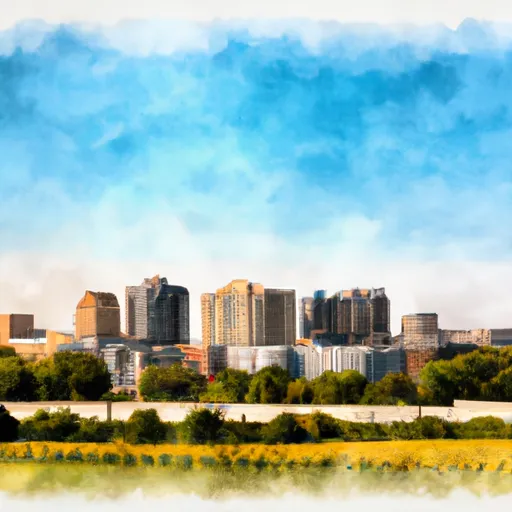°F
°F
mph
Windspeed
%
Humidity











Waukee, Iowa is a vibrant city located in Dallas County. It experiences a humid continental climate with four distinct seasons. Summers are warm with temperatures ranging from 75°F to 85°F, while winters are cold with temperatures averaging between 15°F to 30°F. Precipitation is evenly distributed throughout the year, with an average annual rainfall of 36 inches and snowfall of 33 inches.
Waukee is situated near the Raccoon River, which provides hydrological benefits to the area. The river plays a significant role in flood control, water supply, and supports diverse aquatic life. Additionally, Waukee Lake, a man-made reservoir, offers additional water-based recreational activities such as fishing, boating, and picnicking.
Outdoor enthusiasts will find ample opportunities in Waukee. The city boasts numerous parks and trails, including the popular Raccoon River Valley Trail. This 89-mile trail is perfect for walking, jogging, biking, or rollerblading, offering scenic views of the surrounding countryside. Other parks and green spaces provide opportunities for sports, playgrounds, and community events, ensuring there is something for everyone to enjoy in Waukee's outdoor recreational offerings.
Weather Forecast
Waukee receives approximately 885mm of rain per year, with humidity levels near 81% and air temperatures averaging around 10°C. Waukee has a plant hardyness factor of 5, meaning plants and agriculture in this region thrive during a short period during spring and early summer. Most plants will die off during the colder winter months.
Regional Streamflow Levels
8
Cubic Feet Per Second
63
Cubic Feet Per Second
205
Cubic Feet Per Second
100
Cubic Feet Per Second
Nearby Camping
| Camping Area | Reservations | Toilets | Showers |
|---|---|---|---|
| Baylor Co Park | |||
| Riverside Park - St Peter | |||
| Minnesota Valley Rec Area | |||
| Bray County Park | |||
| Daly County Park | |||
| Allansons Park |



